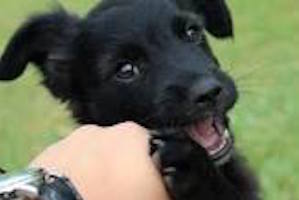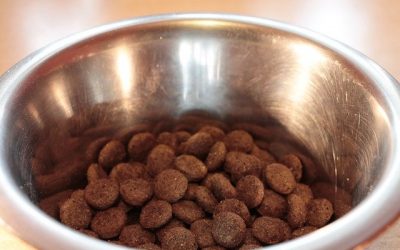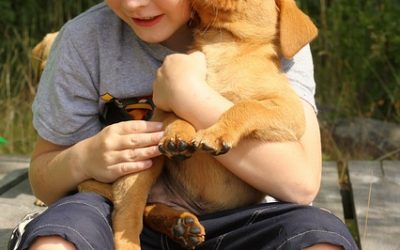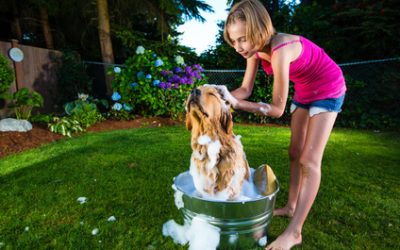Puppies want to engage with us the same way they did when they were with their littermates. Pouncing, wrestling, mouthing and nipping. They don’t realize that we have skin and their littermates had fur…………… we all know those nips can be painful!
Nipping is natural puppy behaviour. A young puppy will use his mouth over his paws for investigating and manipulating objects in the environment.
Approaching hands seeking to pat the puppy will surely be a target for those sharp teeth, this behaviour is certainly one to address.
Your puppy would have had many a lesson on bite control within the confines of his litter, this is the natural way for puppies to learn to have a soft mouth. Litter members would yip, squeal or walk away, if the nipping continued. The offending puppy would learn how to control his mouth, how hard he can nip and mouth without hurting his litter-mate.
Puppies removed from the litter before 8 weeks of age, may not have experienced the lesson on bite control ‘nipping’. Be wary of adopting “singletons,” a puppy born without littermates. These puppies miss out on a lot during critical stages of development, including essential feedback about the force they are putting behind their bite!
Why do puppies nip?
- Teething
- They are learning to control their bite strength
- Hierarchy
- Communication
- Attention
- Boredom
Puppies also bite and nip to learn the social standards of dog culture. Puppies chase, race, play face-bite games, pounce, tug, and wrestle. This play actually serves a more serious purpose, teaching the lessons that need to be learned so that a maturing dog can survive in canine society. Dogs communicate physically, through body language and contact.
Teaching your puppy to use his mouth gently is an important part of learning. Training sessions can be rewarded with a treat, taken ‘gentle’.
- Your voice tone should be ‘gentle’.
- Your hand movement delivering the treat to your puppy, should be ‘slow’. Don’t forget to say, good boy. Reinforcing his correct choices is crucial, bonus treats should be offered.
Manage your puppy by not allowing him to play with your hands or clothes. Give him the leave command and stop the play session or re-direct his attention to a favourite toy. A prod to the shoulder or flank area, provides valuable feedback to your puppy. Moving hands and moving feet are ‘play’ to your puppy, stop and wait. He will soon come to understand, when he nips, play is extinguished and the fun stops!
Teach hand-targeting and/or put “kisses” on cue. These are great behaviours for your puppy to learn, they also teach him an appropriate way to interact with hands that can earn reinforcement opportunities- a tasty treat!
There are cases of aggression that can develop early in puppyhood, if you are concerned talk to us.
Crates are valuable management tools. You do not want to associate crate time with punishment, so when your puppy needs to go in the crate to relax, offer one of the chew toys that you have rubbed with vegemite. Doing so allows you to redirect your puppy’s teething instincts to an appropriate outlet .
Teach children to ‘be a tree’. Puppies don’t chase, nip or bite trees! Trees, don’t move, run away, scream, have high pitched voices, give eye contact or push the puppy away!
Conclusion:- Redirect your puppy to a favourite toy.
Give puppy a prod in the shoulder or flank area.
written by Lee Hettiger – Centenary Dog Obedience





0 Comments